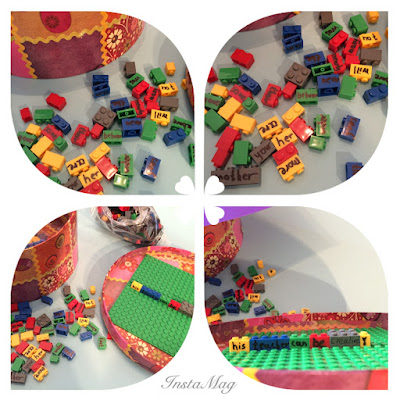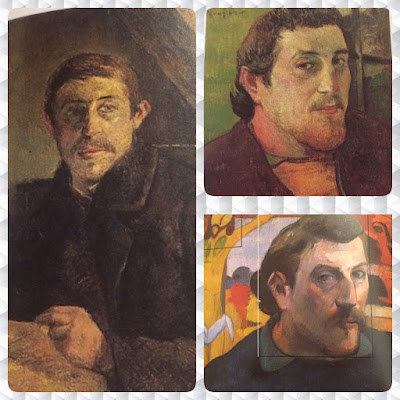LEGOmania!! Part B

Apart from the storytelling activities and the syntax challenges (do consult Legomania Part A!), LEGOs is a fun way to teach grammar as well! A nice idea is to have a lego train or a simple toy train on which you can carry all the lego bricks which will repesent a different grammatical unit! LEGO grammar 1) You can teach the plural form of the nouns by writing the different endings and various nouns on the bricks. Then you have to explain the different rules and formations through visualization and hands on practice. Have students experiment with the different endings and help them understand their proper use. LEGO plural form 2) You can teach tenses and their formation as well. It will be a great fun for students to make trains in present continuous or simple past and have the wagons rearranged in the interrogative or negative form. The examples will be so vivid that it is quite certain students will eventually eliminate the ed simple past ending or the...






